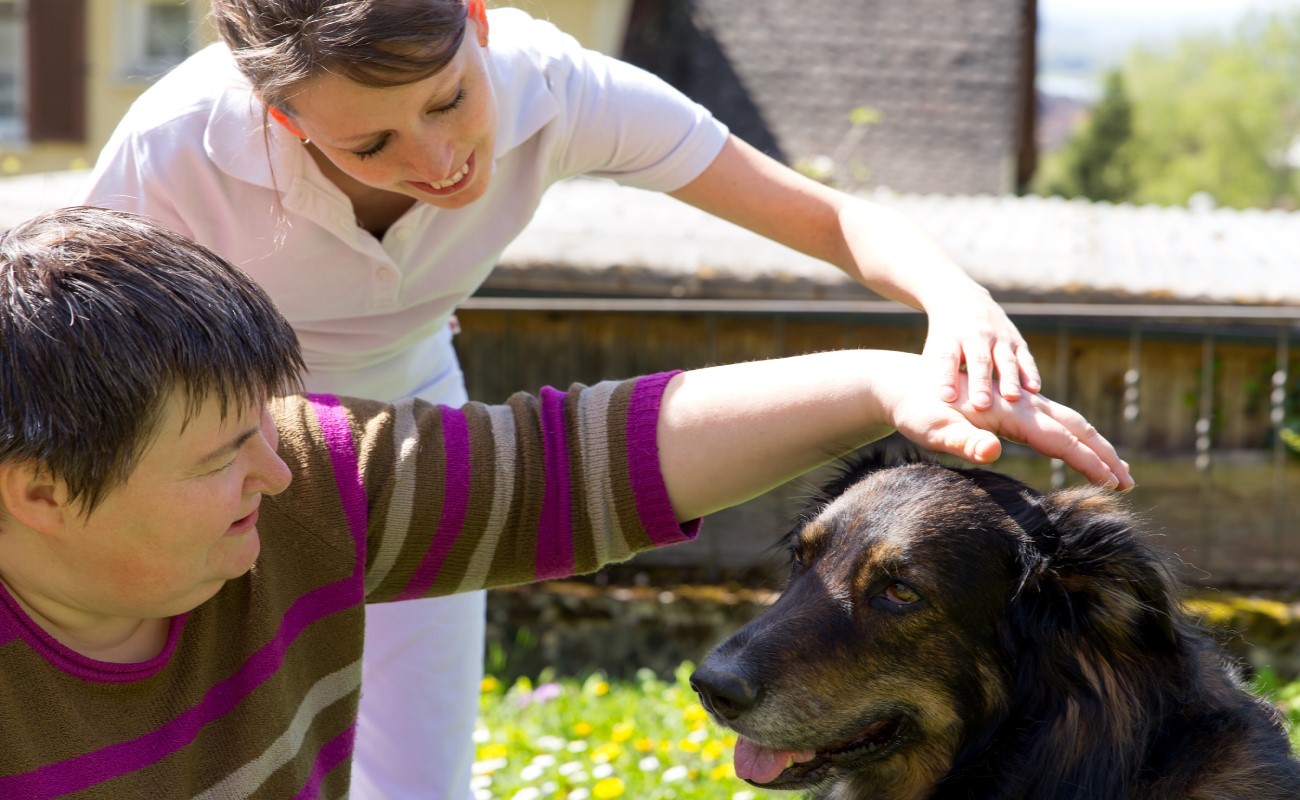Will a Therapy Pet Help Your Client?
Will a Therapy Pet Help Your Client?

Therapy pets have received much praise and media attention. It’s easy to assume, given their positive reputation, that therapy pets are helpful.
Though most published studies report a “feel-good” effect on patients, there is little evidence or research on the long-term effects of our therapy animals.
Hal Herzog, Ph.D., and author of the Psychology Today column, “Animals and Us” as well as the book Some We Love, Some We Hate, Some We Eat has studied the psychology of our relationship with other species. In his article “Does Animal-Assisted Therapy Really Work?,” Herzog studied the published literature and research on the effectiveness of animal assisted therapy (AAT). This article is just one of a few on the topic of therapy animals by Herzog. The specific study we are citing focuses on media attention and flawed research.
What Herzog found is that “the overwhelming majority of published studies have reported that animals make excellent therapists.” What he also found, however, is that there could be “a mismatch between the media coverage of AAT and the evidence that these therapists actually work.”
Herzog came to his question of a mismatch between evidence and media coverage by examining the clinical trials that explored the effectiveness of AAT. What he found were two problems with the research that was published.
The first problem is that of flawed methodology. To name a few deficiencies, Herzog found a “lack of non-treatment control group […], insufficient numbers of subjects […], [and] lack of long-term follow-up studies.”
The second problem is that of bias, referred to as the file drawer effect, which “is the tendency for experiments that find positive results to be published while experiments in which treatments do not work are rarely published.”
What might all of this mean? Therapy pets have become increasingly popular in both the medical and psychological fields. What might the flawed research reveal? Herzog does not seem to think that therapy pets will decrease in popularity but instead concludes that research is improving with increased funding.
[I]nvestigators needed to carefully separate the feel-good temporary recreational benefits of interacting with animals from the long-term clinical benefits of AAT. And they were particularly concerned that too many enthusiastic investigators were asking, “How can I demonstrate the therapeutic effect of pets?” rather than the more appropriate question, “Do pets have a therapeutic effect?”
Research in the animal therapy field is needed to prove the longevity of the healing provided by therapy pets. For now, we can continue to notice the popularity of animals making visits to doctor’s offices and therapy sessions.



